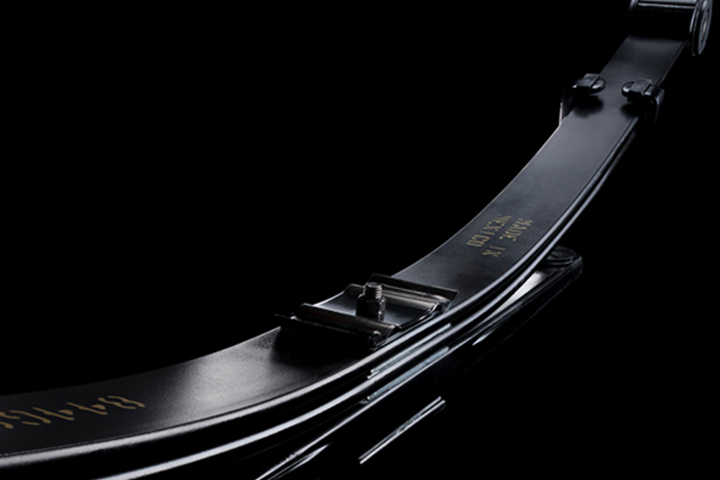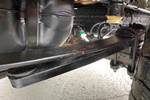HexPly M901 prepreg accelerates product development cycles
Hexcel’s HexPly M901 prepreg system reportedly reduces production time of composite leaf springs.

Photo Credit: Rassini
(Mexico City, Mexico), a technology leader in composite vehicle suspension systems, has selected Hexcel’s (Stamford, Conn., U.S.) HexPly M901 prepreg system to speed up prototype and new product development cycles. Using this system, Rassini hopes to reduce overall time to market and enable cost-effective production.
As a specialist in the mass production of composite helper leaf springs for OEMs, Rassini continuously develops new suspension component designs. Due to cost and timing, however, these new products cannot easily be prototyped using conventional high-pressure resin transfer molding (HP-RTM) technology.
With more than 15 years of experience in delivering glass fiber prepregs for the serial production of composite leaf springs, Hexcel developed its high-performance prepreg system specifically for this type of application.
HexPly M901 is a high Tg epoxy resin prepreg system specifically developed for structural components that will be exposed to harsh thermal and environmental conditions. With short cure cycles of 10 minutes and below, HexPly M901 reportedly delivers a combination of benefits for suspension component applications. It produces green (i.e., handling) strength of the composite part for demolding and unidirectional (UD) glass fiber aerial weights up to 1,600 grams per square meter.
Further, HexPly M901 is claimed to offer significant advantages for lower volume serial production of composite mono leaf springs. HexPly M901’s mechanical performance is approximately 15% higher than standard prepregs, with enhanced fatigue properties and a Tg of up to 200ËšC following post cure.
Related Content
-
Combining multifunctional thermoplastic composites, additive manufacturing for next-gen airframe structures
The DOMMINIO project combines AFP with 3D printed gyroid cores, embedded SHM sensors and smart materials for induction-driven disassembly of parts at end of life.
-
Low-cost, efficient CFRP anisogrid lattice structures
CIRA uses patented parallel winding, dry fiber, silicone tooling and resin infusion to cut labor for lightweight, heavily loaded space applications.
-
Bladder-assisted compression molding derivative produces complex, autoclave-quality automotive parts
HP Composites’ AirPower technology enables high-rate CFRP roof production with 50% energy savings for the Maserati MC20.






